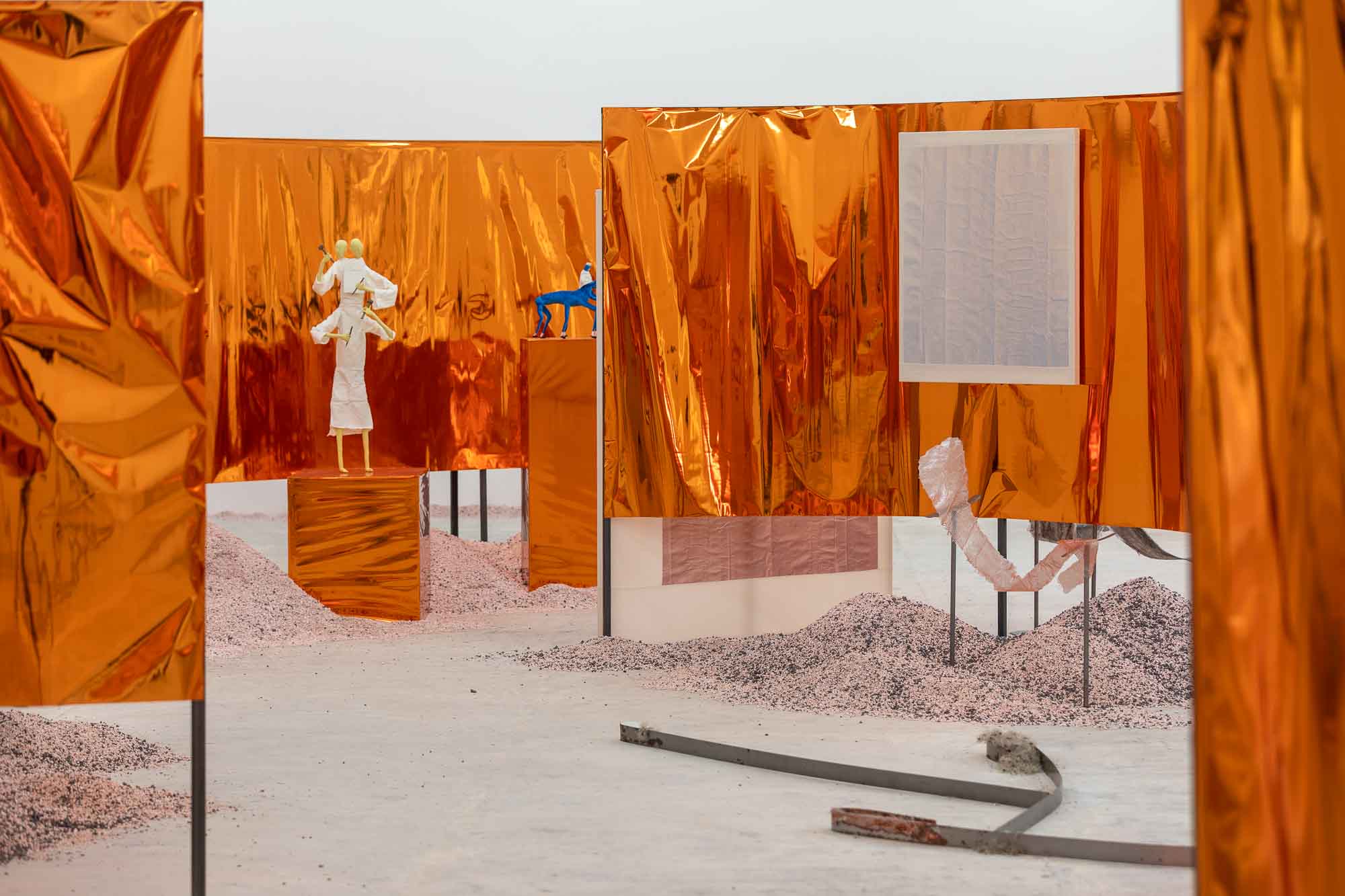Artist: Šárka Koudelová
Guests: Néphéli Barbas, Nika Kupyrova, Merav Kamel & Halil Balabin, Eliška Konečná, Jan Matýsek, Marie Raffn, David Pinkava, Monika Žáková
Venue: Karlin Studios, Prague
Photo: Anna Pleslová
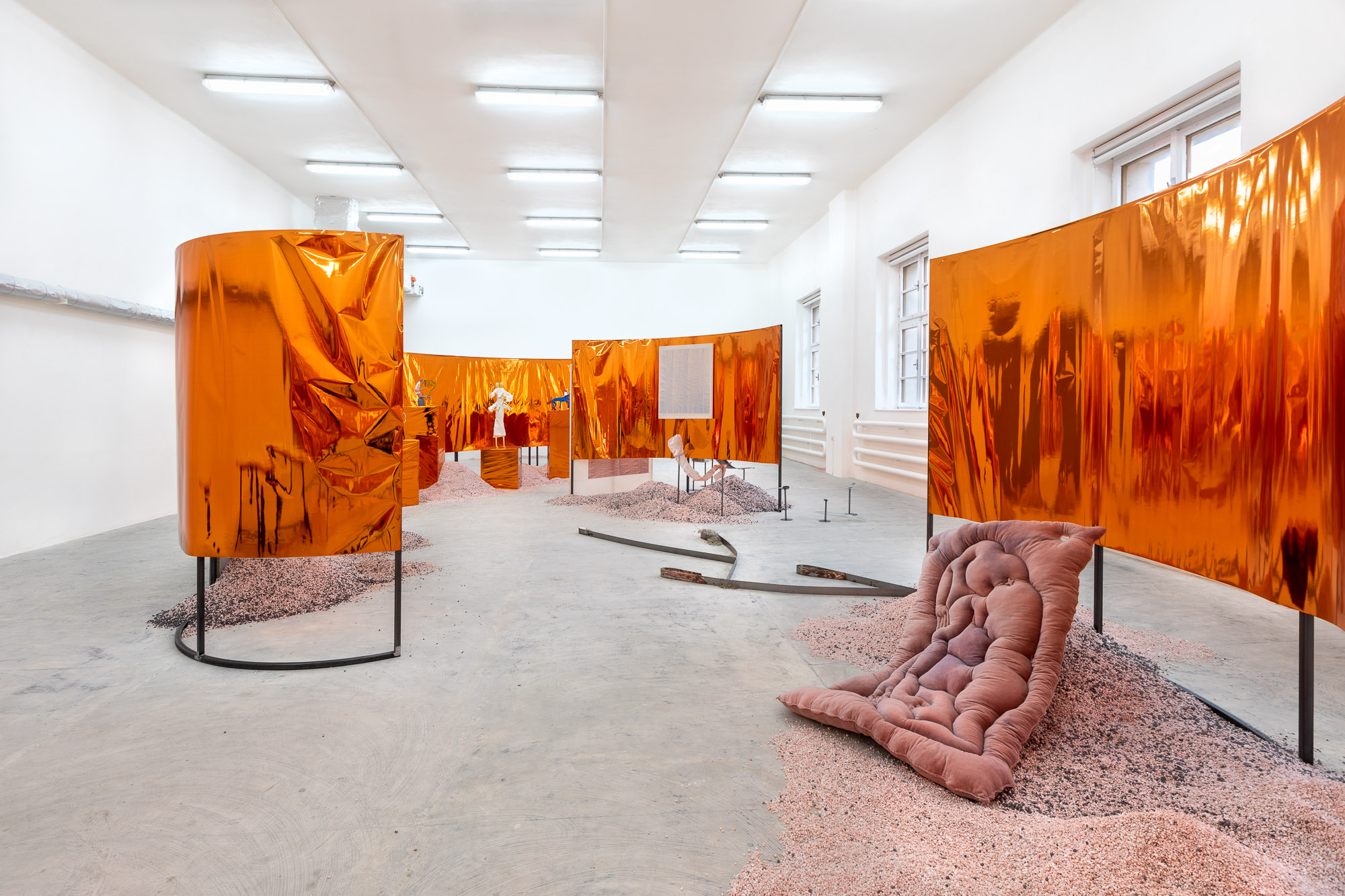
The exhibition project II: The Meek One is the second chapter in a three-part series that aims to capture themes that resonate today, as well as presenting an understanding of art as a singular stream of mutually consequential acts. All the chapters, along with the entire process of preparing the installation and catalogue, therefore present a condensed report on pan-societal problems, search for new methods of cooperation, and subconsciously go against the often heightened competitive environment of the Czech art scene. II: The Meek One connects a selection of significant works by local artists, both well established and of the youngest generation, as well as artists from abroad who have exhibited in Prague in the past. All the participating international artists were recently in residence at Studio Prám, which also hosted the first chapter in the series, I: Too Close To Far, in June 2020. Just as with that first chapter, the current exhibition is accompanied by a catalogue containing contributions by all the artists, which will thus become the second work in this edition. The individual exhibition chapters are ideally the internally interconnected result of the collaboration of all the invited artists, surpassing their location and time.
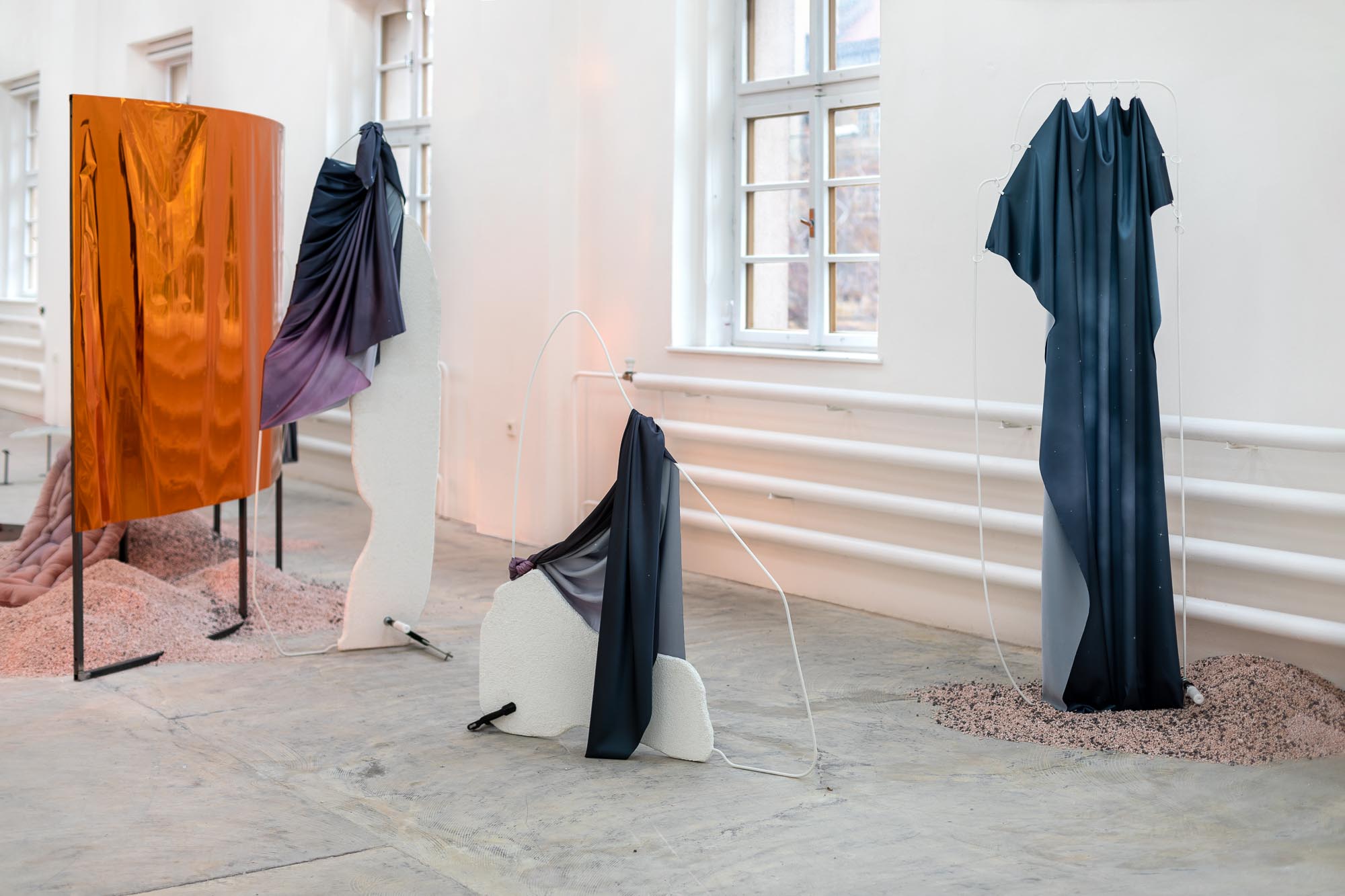
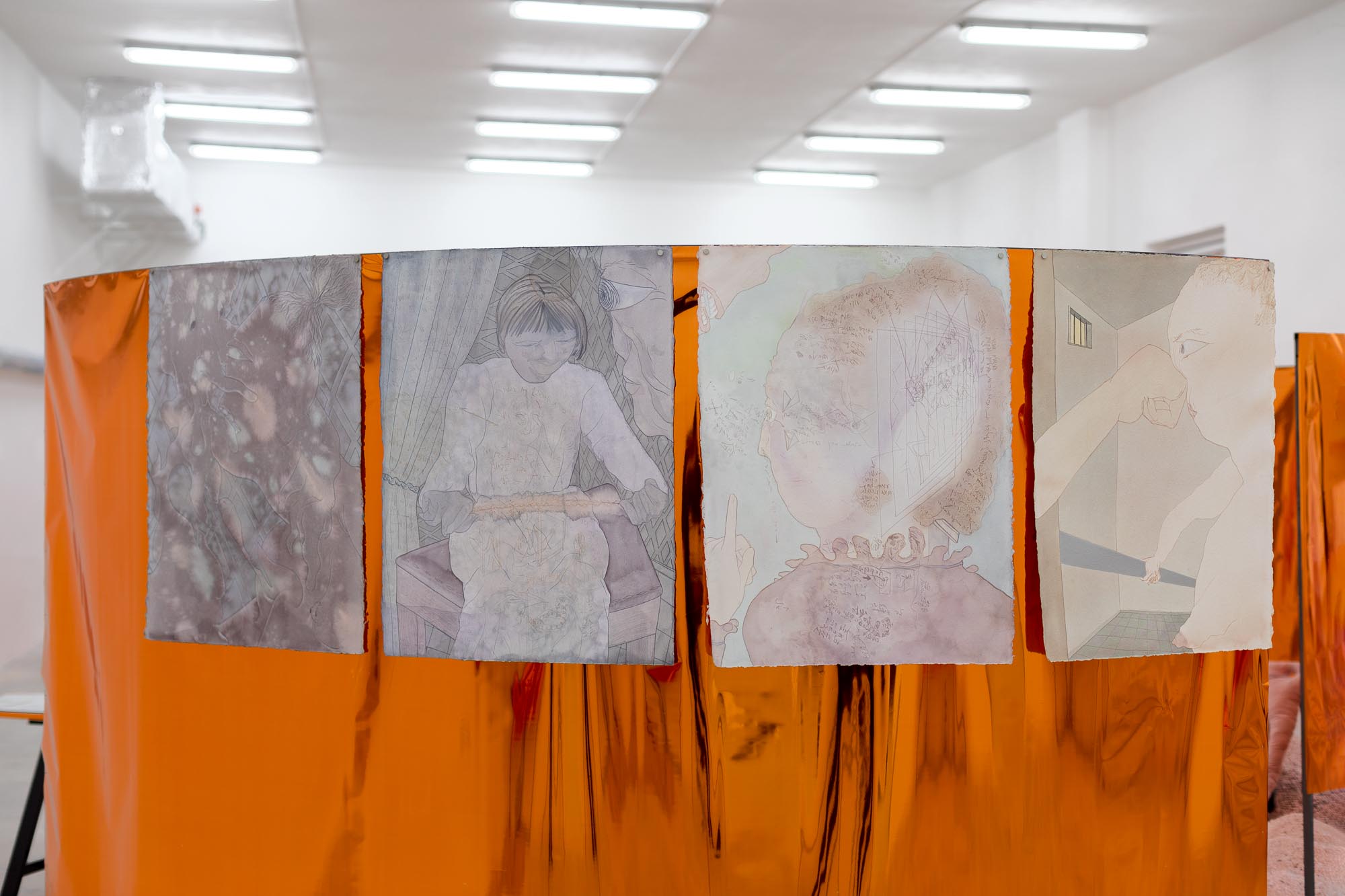
Through a clear reference to Fyodor Dostoevsky’s iconic novella, the title of the project conjures up an image of a young woman whose emotions lead to her fatal fate. The title thus foreshadows the feminist context of the exhibition, which, however, wants to be more than just superficial activism. The emotional charge of II: The Meek One includes artists whose work is characteristic in its unusual sensitivity, material softness, unstable form, or corporeality, as well as artists that express themselves with an almost self-destructive meticulousness and care. II: The Meek One represents a difficult to capture gentleness as well as a hysterical inability to extricate oneself from a submissive position. It symbolises the romantic archetype of the young girl who realises her potential through suffering and being misunderstood, as well as the continuing unequal position of female artists on the international scene and the Czech scene in particular. This feeling of marginalisation and insufficient attention, however, does not only concern female artists but also artists whose working methods or fragile formal expression can easily become invisible in the competitive environment. II: The Meek One makes visible irrationality and chaos as well as their opposite, consistent care. It attempts to safely communicate an almost butterfly-like fragility and self-destructive darkness, conscious seclusion and demonstrative affect.
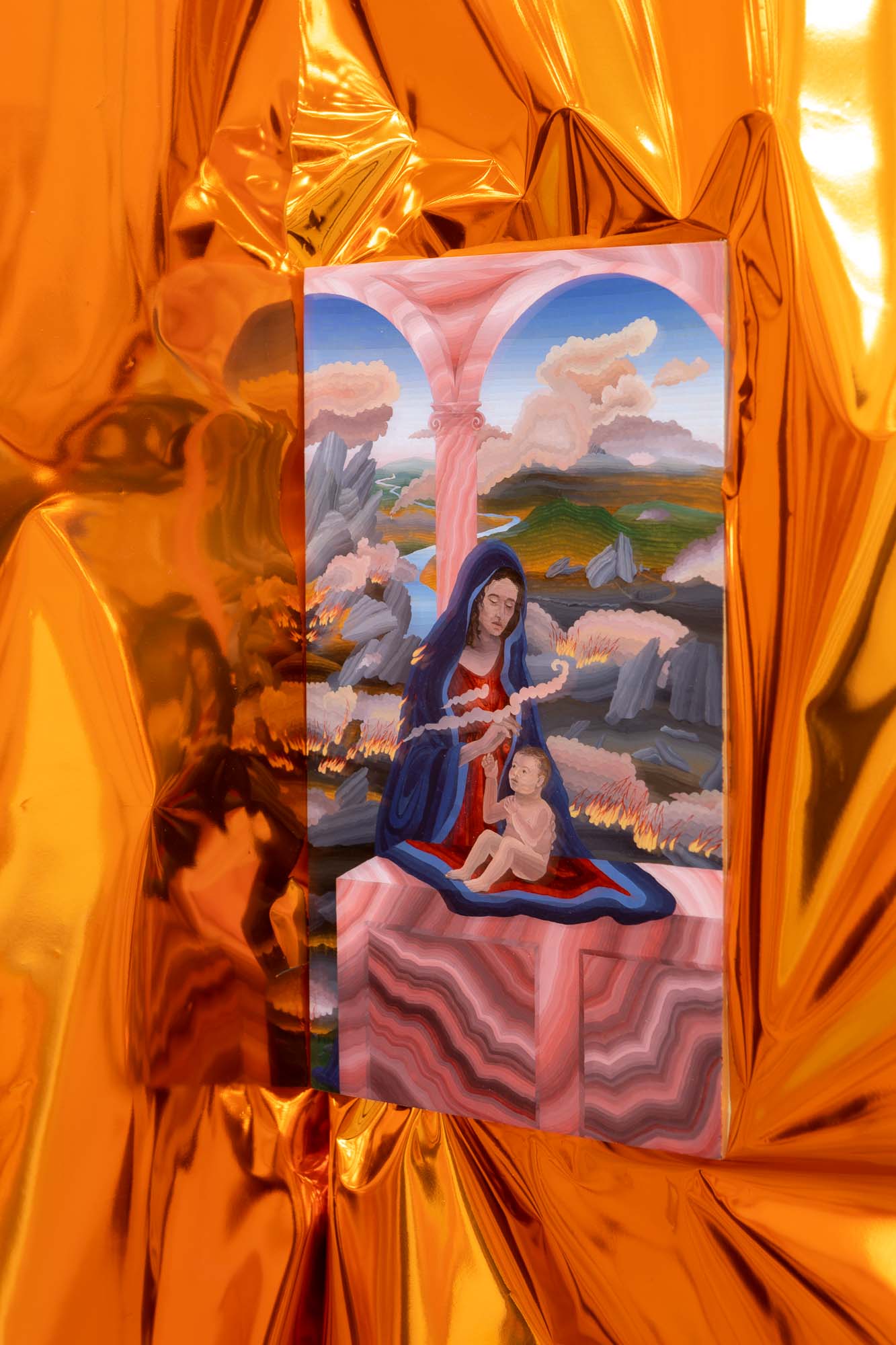
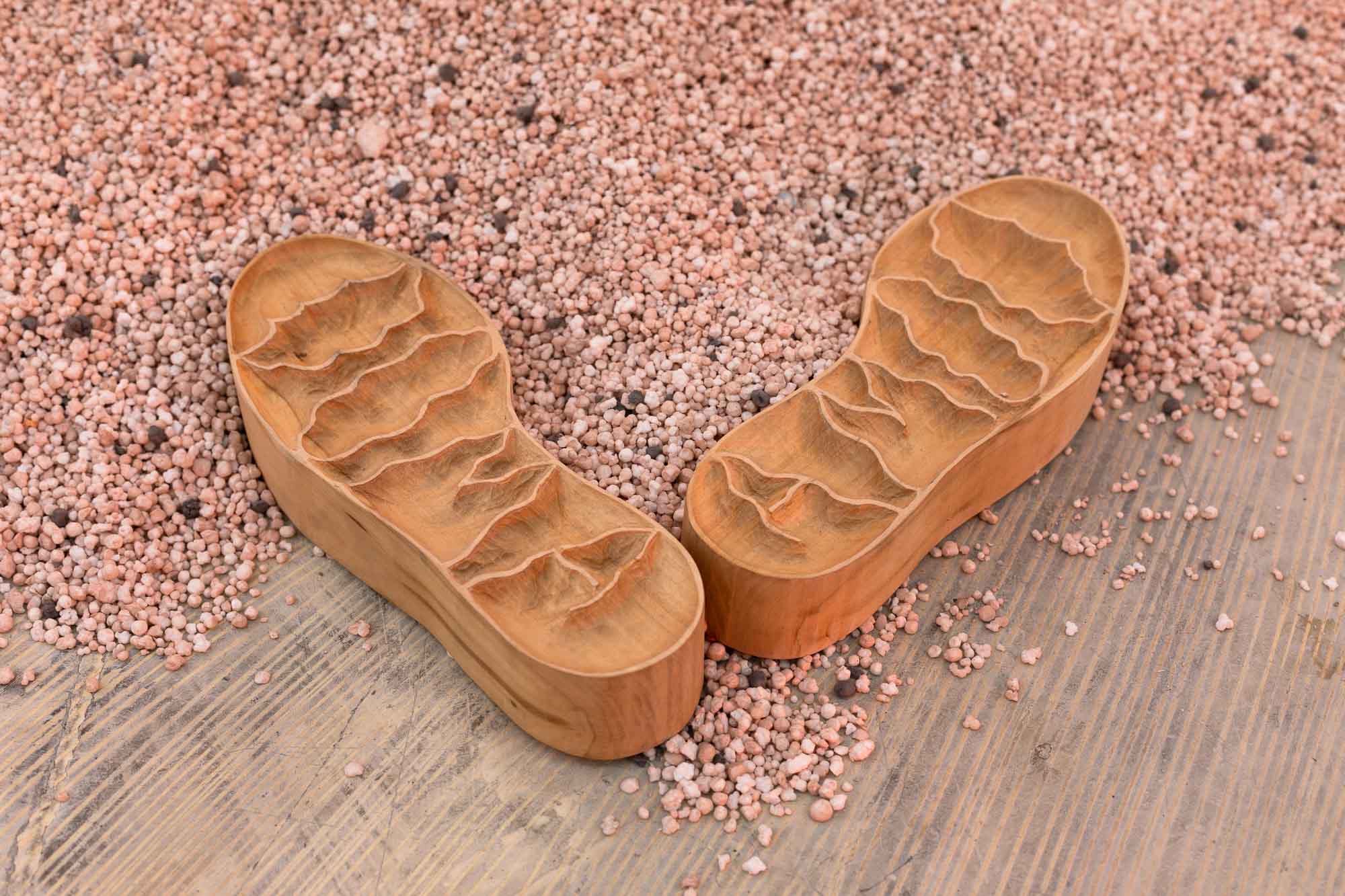
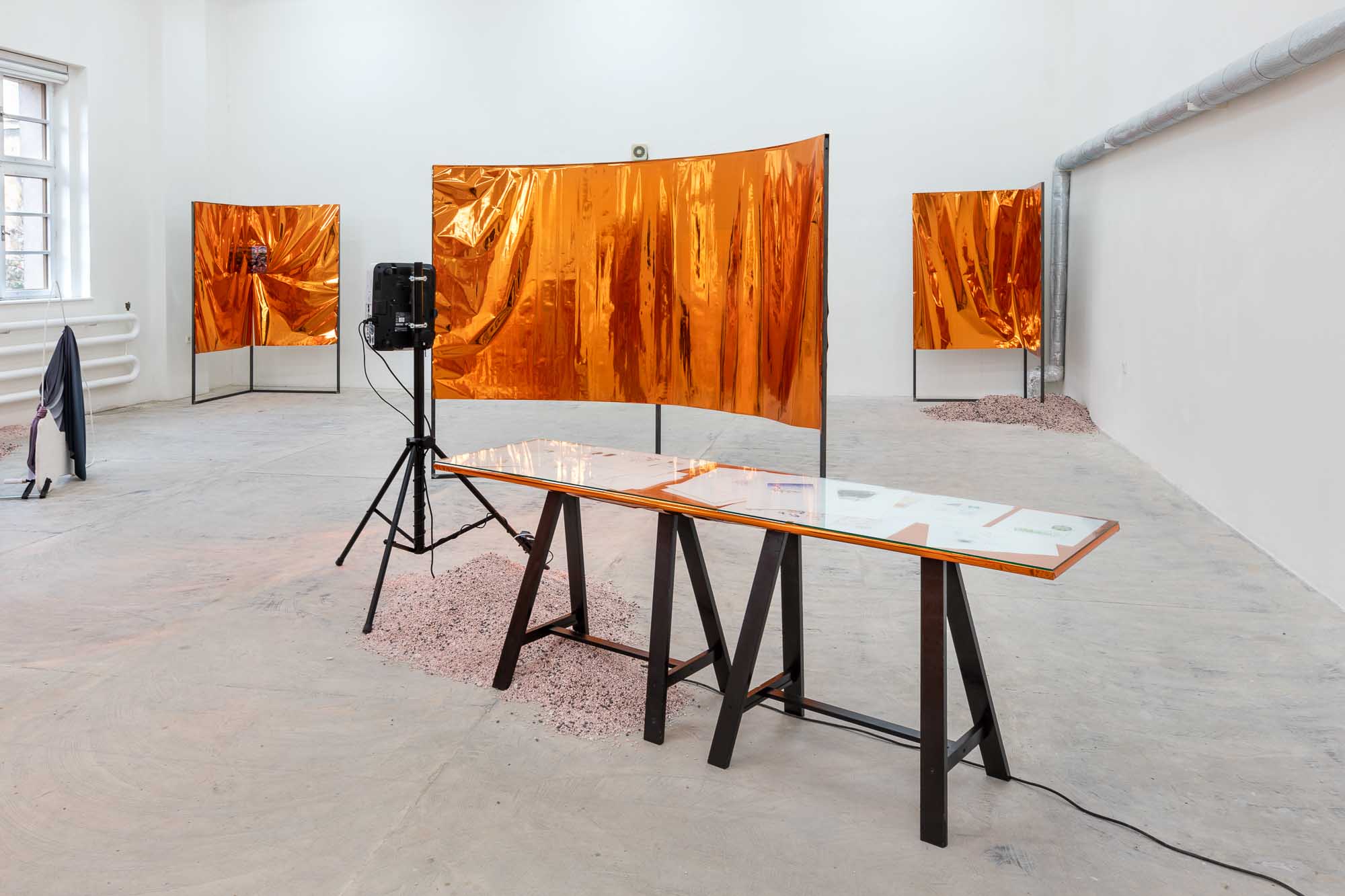
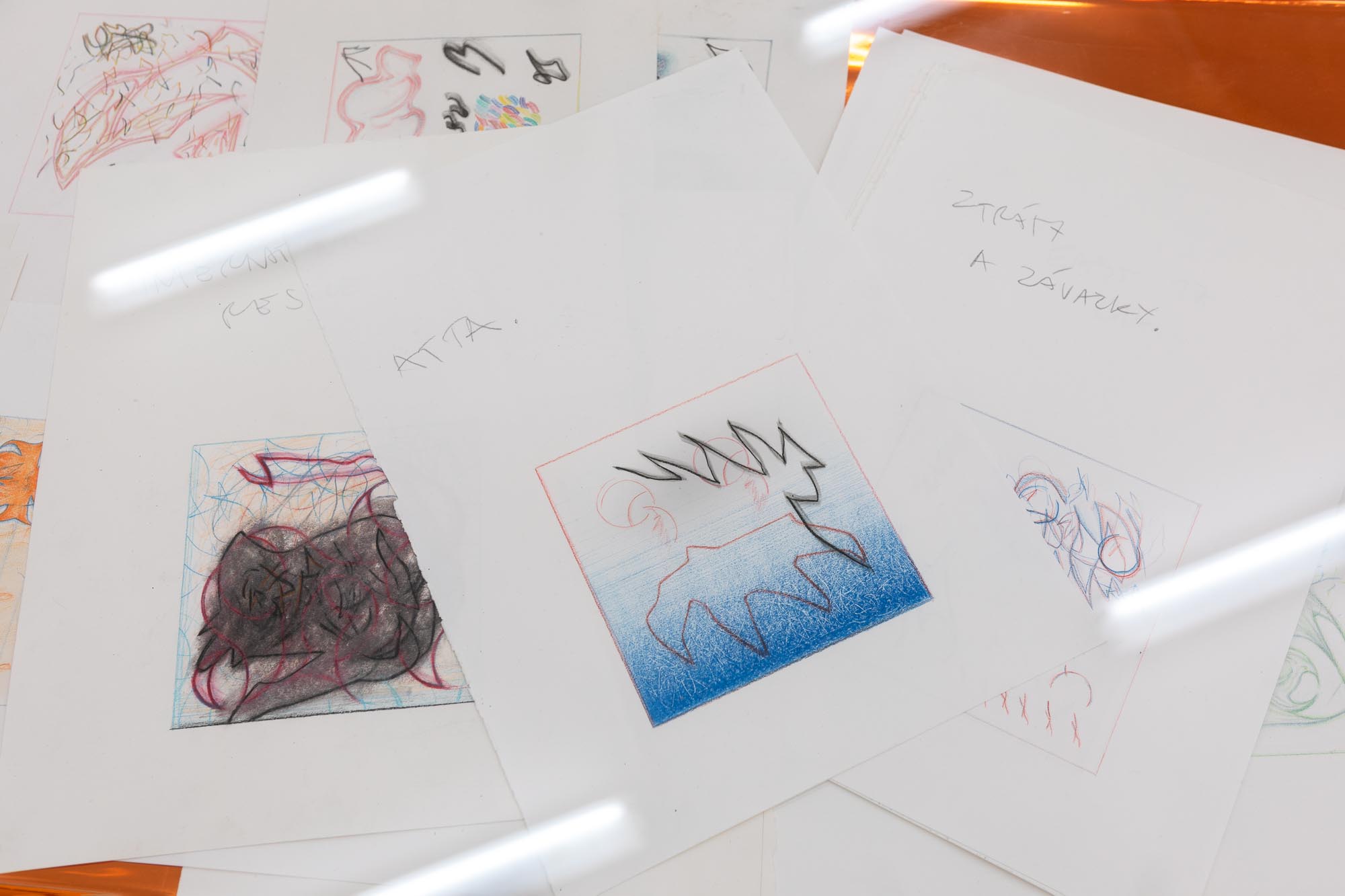
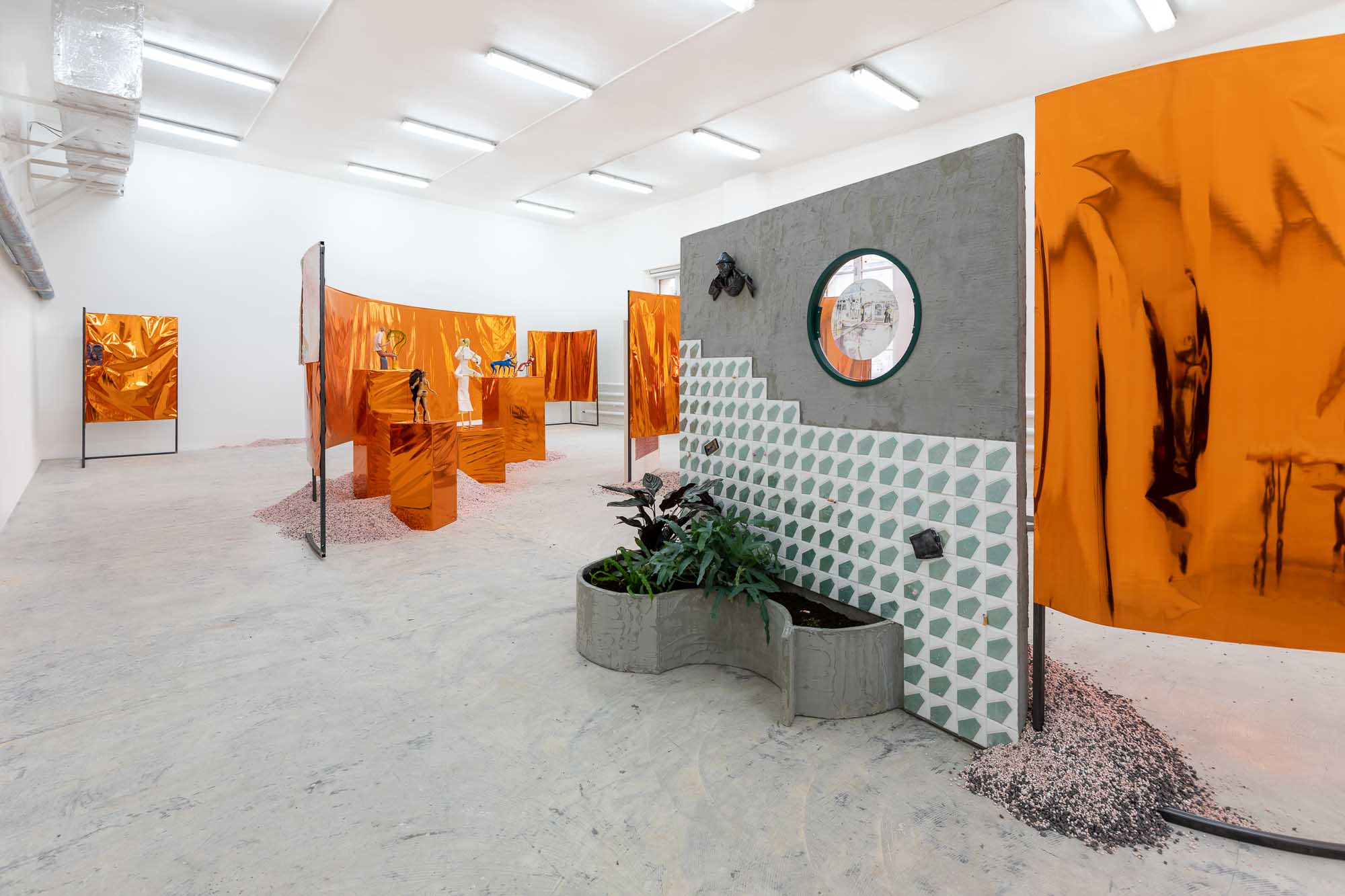
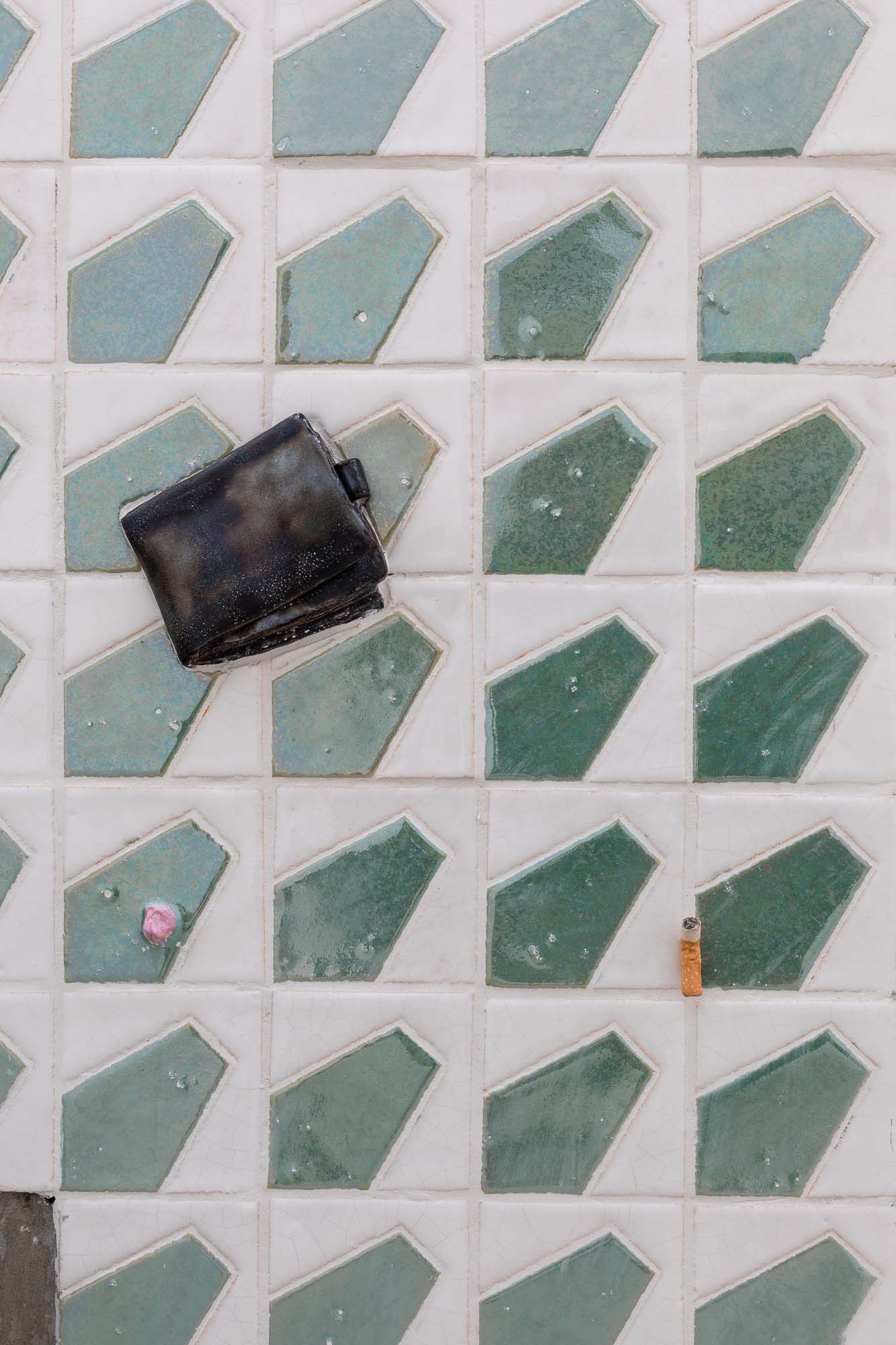
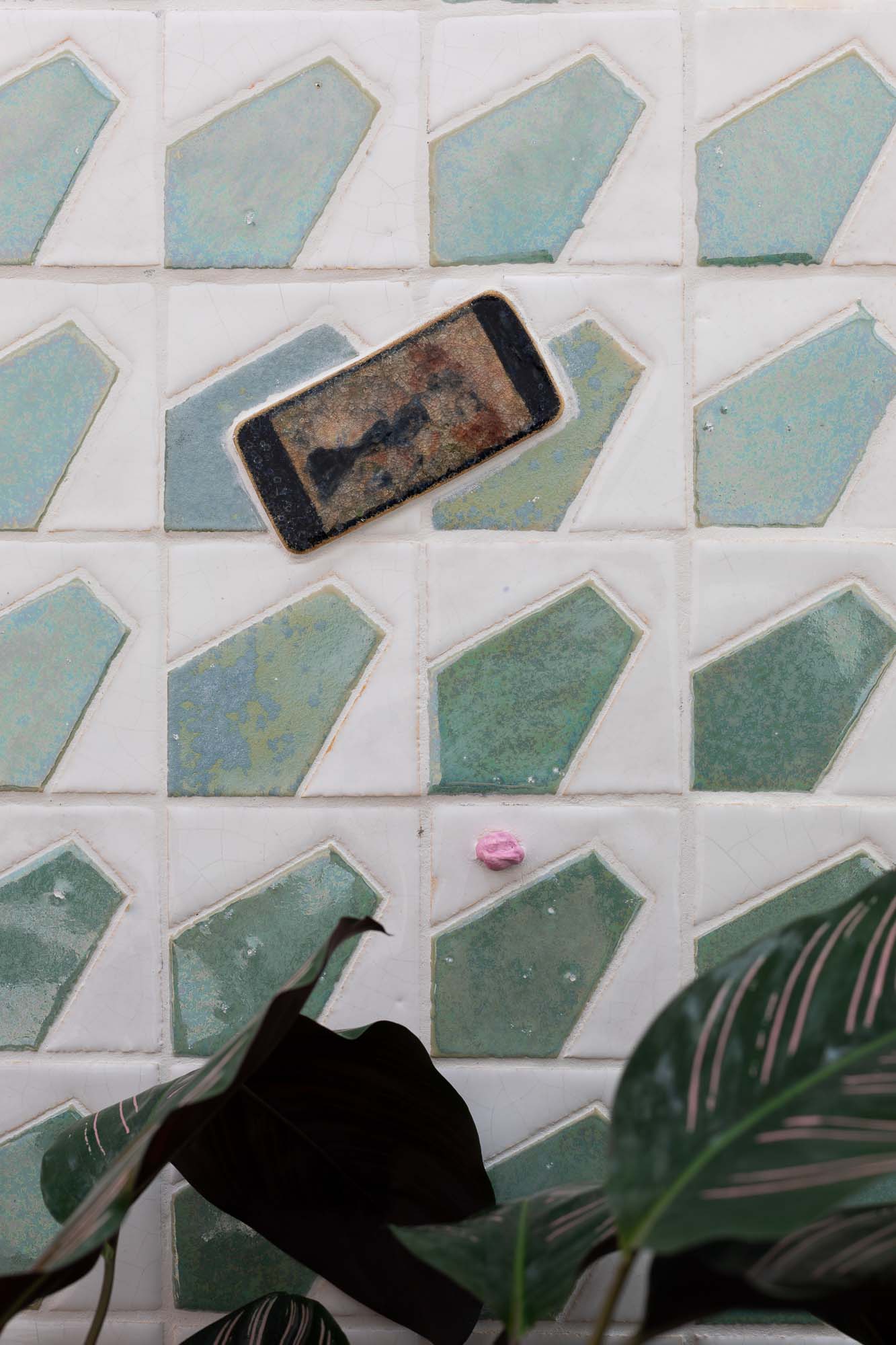
By a confluence of circumstances – attested to by the fact that the exhibition was postponed several times due to pandemic restrictions and the much more joyous event of the birth of two children (so far) – the preparation of the show fit between two important Dostoevsky anniversaries. November 11th marked two hundred years since the writer’s birth and February 9th was a hundred and forty years since his death, which might signify to attentive visitors that the entire project aims to glorify the novelist. This is definitely not the case. Although we certainly have no need to diminish the importance of Dostoevsky’s legacy, his uncritical description of the Russian – and, by extension, Slavic – soul and divided society, full of social injustice, black-and-white perspectives, and anti-Semitism, is not something we would generally want to relate to without comment. However, the short novella The Meek One, in its inner relation to the currently heavily discussed “theory of the young-girl”, its attention to the psychological state of those who are weaker, and its latent critique of a selfish ageing man, it can easily serve as an imaginative backbone to connect practically feminist ideas and even strengthen their effect. The sixty pages of Dostoevsky’s text are filled with the protagonist’s self-reflexive stream of thought in first person, presenting to the reader – in an inevitably biased manner – the feelings of his wife, who has just committed suicide. Although we are finally seeing numerous attempts to address gender and other diverse formal forces on the Czech art scene, it is a question whether the result is not merely a translation distorted by non-committal motives or even the notion the “powerful” have about how opportunities for the supposedly weaker should look like.
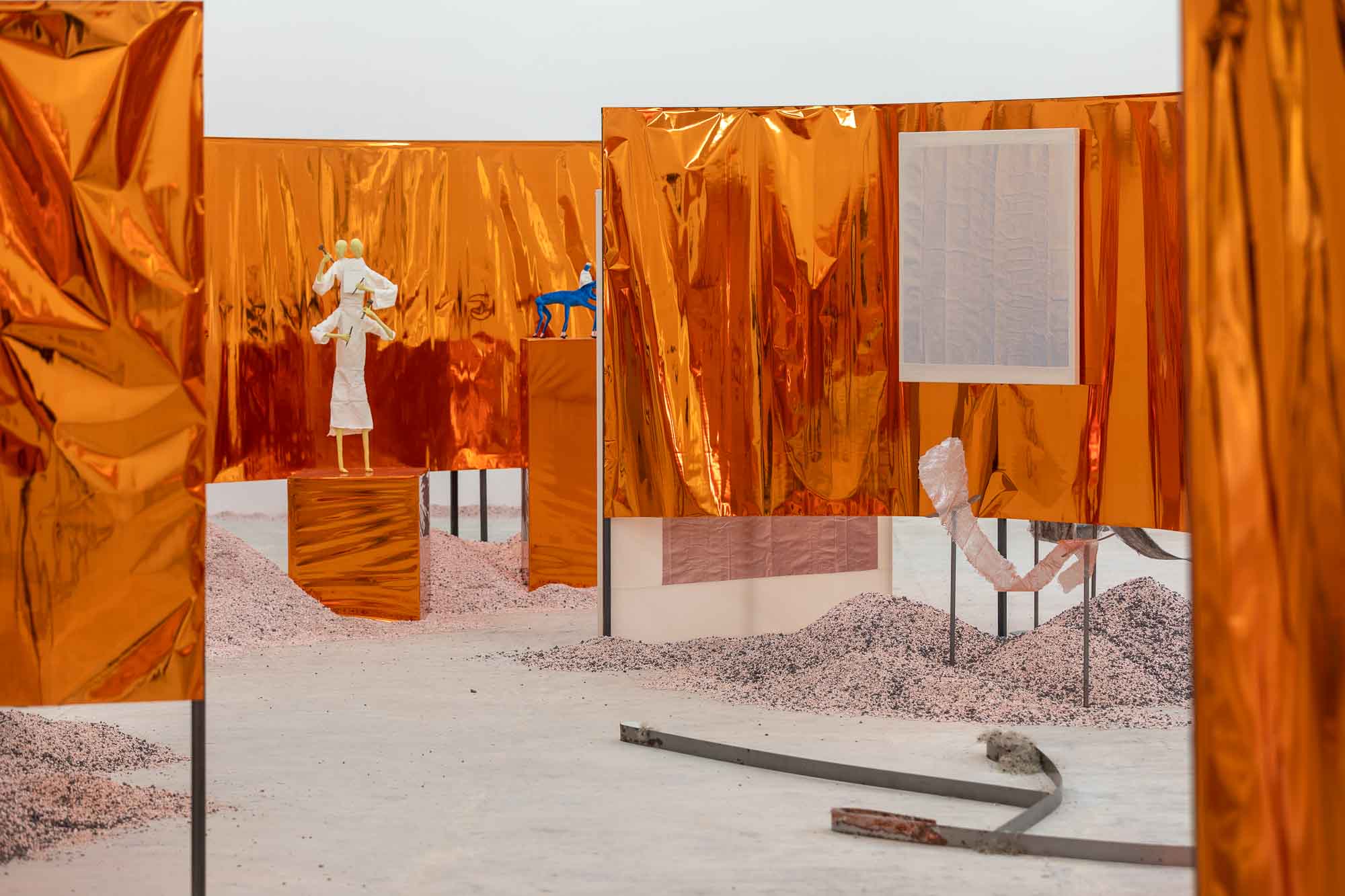
Mirroring, which becomes a significant motif in the exhibition through the generous use of copper foil, is a theme that is also suggested in some of the artefacts, acting as a kind of intuitive visualisation of psychological introspection as well as the yearned-for rose-tinted glasses. It provides a perspective of ourselves and our surroundings determined by circumstances. The extensive and multiplied immaterial image is an independent piece that non-physically completes the exhibition and mirrors possible answers to our sceptical idealism. The characteristic copper (and therefore related to the planet Venus) mirror surface might seem fragile and slightly affected, but its soft light and morphology will gently depict all newcomers.
